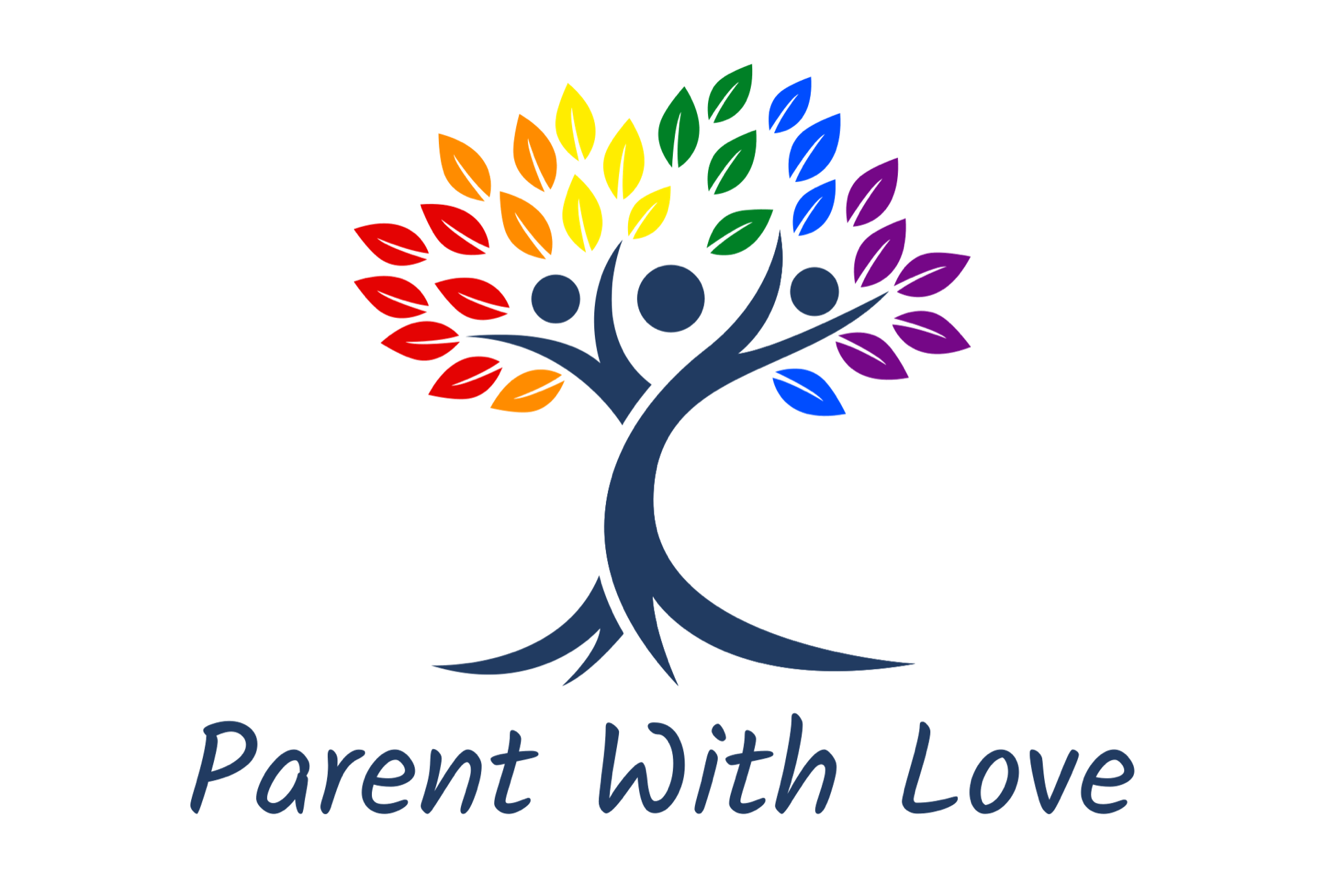FAQ
Can I use the film for a public showing or in a group meeting?
We have deliberately made the film available free online for anyone to use. Our goal is for as many people as possible to see the film, and group showings are a great way to make that happen. However, you may not charge for admission to the film if you are showing it publically. You also may not use the film as a part of a speaking engagement for which you are being paid. Otherwise, please show the film to as large an audience as you can, as often as you can, and in as many places as you can!
Why is only one girl represented in the film? Why is nobody in the film bisexual? Why is there no Asian-American family, or Native-American family?
We would have loved to produce a film that included a family of every ethnicity, with equal numbers of boys and girls, and representation from a bisexual young person. However, we faced two barriers in doing so – the length of the film, and the funding we had available for the film. With respect to the film length, we hoped to produce a film that would be short enough that parents would be willing to watch. In 35 minutes it was impossible to communicate everything that we wanted to, and include more than 4 families. In addition, this film, like most films, had a limited budget. Thus we could only afford to travel so many times in search of the perfect families to shoot. Our priority had to be finding diverse families with interesting stories, who were great at sharing their stories openly, and honestly, on camera. We stretched our budget as far as we could to travel to find those families, and are proud of the diversity we were able to represent. Inevitably, in a short film, some aspect of diversity will not be represented. Incidentally, although Lauren, the young woman in our film, describes herself as a “lesbian” on camera, she also identifies herself as “queer” and acknowledges having attractions to both women and men.
Is anyone available to speak about the film, or about the research behind the film?
Both Dr. Huebner (Writer/Producer) and Dr. Mackenzie (Director) are experienced public speakers and are available for speaking engagements. Who will be more appropriate depends on the topic you would like to have addressed. Dr. Mackenzie is best suited to talk about the process of filmmaking, and about social-impact documentary film more generally. Dr. Huebner’s expertise is with research on LGBT youth, families, and interventions.
Why does the film not address the issues that parents of transgender youth face?
There is some debate within the transgender community about the degree to which transgender issues should be combined with sexual orientation issues. Part of the reason for this debate is that gender identity (whether a person feels inherently male, female, or somewhere along the continuum) is a different phenomenon from sexual orientation (whether a person is attracted to someone of the same sex, the other sex, or both sexes). Some members of the transgender community take offense when their issues are lumped together with lesbian, gay, or bisexual issues, as many transgender people identify as heterosexual. However, others believe that transgender issues should always be included whenever sexual orientation is addressed or discussed, otherwise the transgender community risks being further marginalized and neglected. Both are valid perspectives. In the case of our film, where we were hoping to educate parents about topics that are confusing to them, we opted not to try to address both sexual orientation and gender identity. To attempt to do so in a 35 minute film risked oversimplifying the content, conflating sexual orientation and gender identity for parents, and neglecting many of the important, unique issues that parents of transgender youth face.
Why don't you depict a family who was immediately accepting?
Had we been making a pure documentary that attempted to represent the full range of parental responses to a child who comes out, we absolutely would have depicted such a family. However, this film is both a documentary and a resource – a tool to help families who are struggling. Certainly, there are some families who are immediately accepting, and we expect that as time passes, more and more families will be immediately supportive of their gay children. However, those families were not our target audience – they’re already doing well for their children. We hoped to reach the parents who are struggling, and who might feel less equipped to handle the news that they have a gay child. Those are the families we think we can help with this film. And so in an effort to connect with them, and to meet them where they are in their journey, we made the decision to depict only families who also struggled some.
